In July 2016, environmental scientists of International charitable organization “Environment-People-Law” surveyed the territory of Burkut Forestry of the state enterprise “Verhovyna forestry” and revealed numerous violations of forestry rules, the most significant of which is trailing and transportation of cut wood through the estuary of the river Chornyi Cheremosh, storage of logging remnants within coastal protection strips and other violations of the hydrological regime of the reserve “Chornyi Cheremosh with the coastal strip.”
http://www.epl.org.ua/events/2688-plaun-sfahnum-ta-cheremosh
As a result of the trip of EPL, MP Ostap Yednak prepared a request to the State Environmental Inspectorate with the requirement to conduct an unscheduled inspection. Joint inspection by the State Environmental Inspectorate in Ivano-Frankivsk region and Ivano-Frankivsk Regional Administration of Hunting and Forestry found minor violations in management of the forestry and issued administrative protocols to employees of the state enterprise “Verhovinsky forestry” and to the entrepreneur who developed one of the cutting areas.
However, the inspectors did not bother to go to the most valuable and important areas near the Burkut village because they found out that “further after the Burkut village there is no road to access forests of the state enterprise “Verkhovinsky forestry “and therefore, according to the inspectors, no violations may be committed there (Fig. 1).
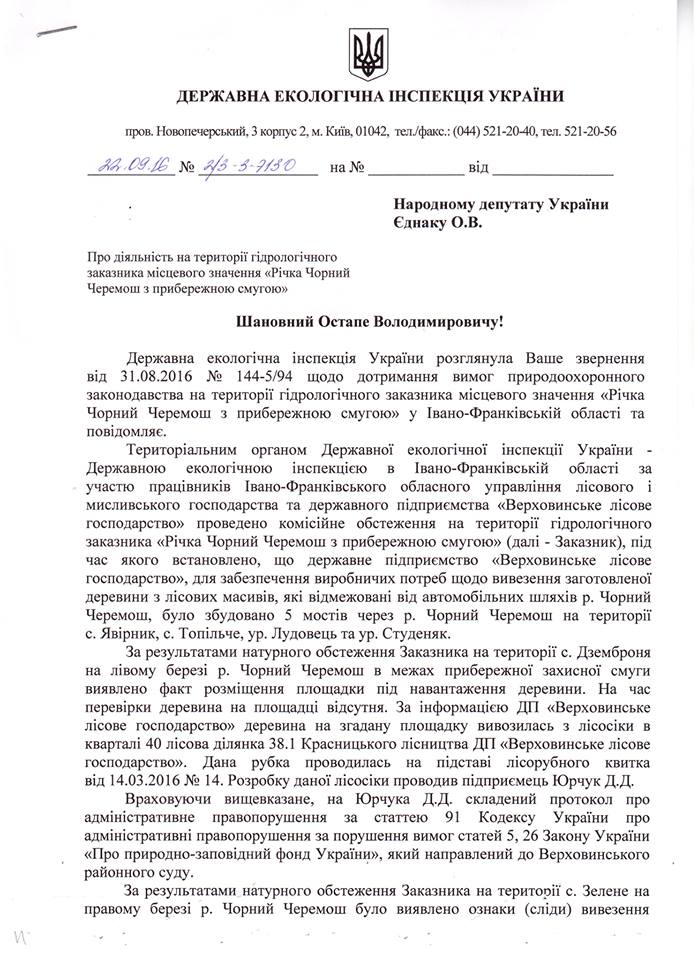
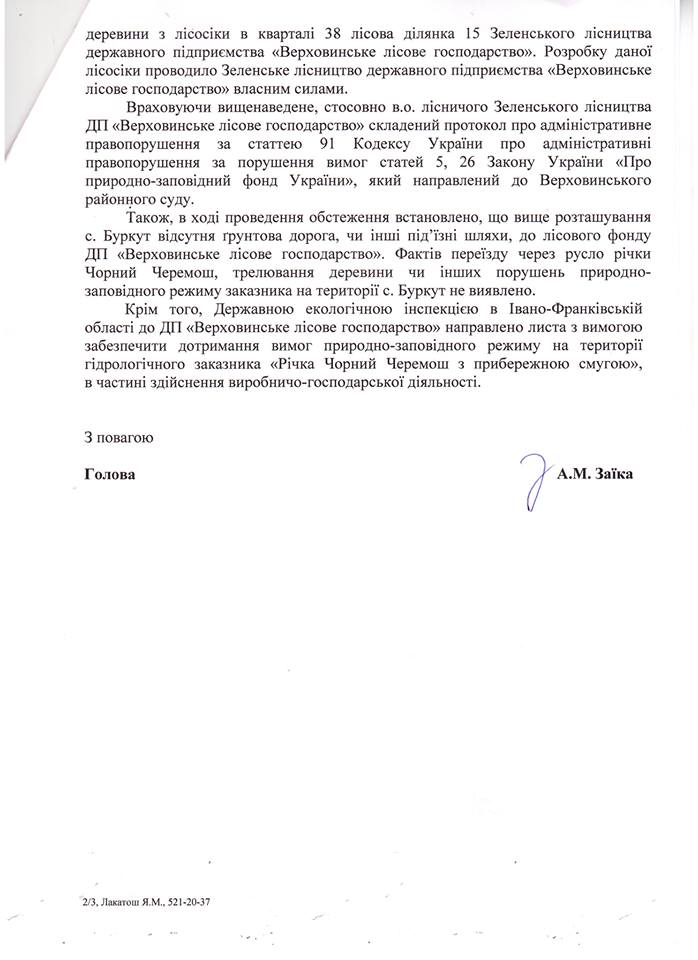
Fig. 1 Reply of the State Environmental Inspectorate to Ostap Yednak, MP
Of course, the position of the environmental inspectorate is very comfortable for them because in fact after the flood in 2008 the road was washed out and according to the documents it is impossible. However, in reality there is a well driven road in the river channel used by trucks that carry wood. If inspectors honestly cared about their work, they could definitely see the violations depicted in Fig. 2.
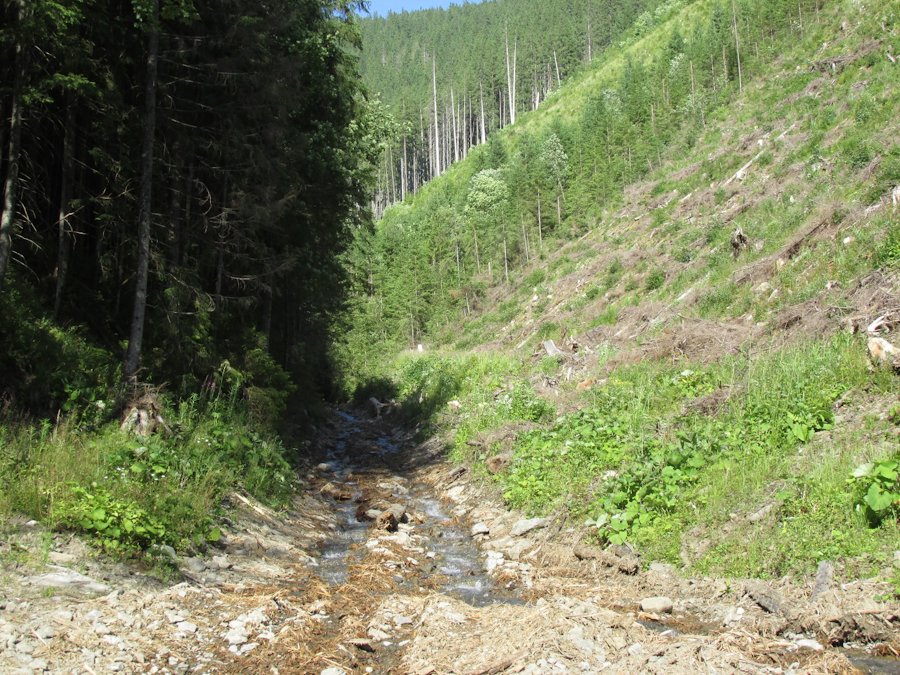
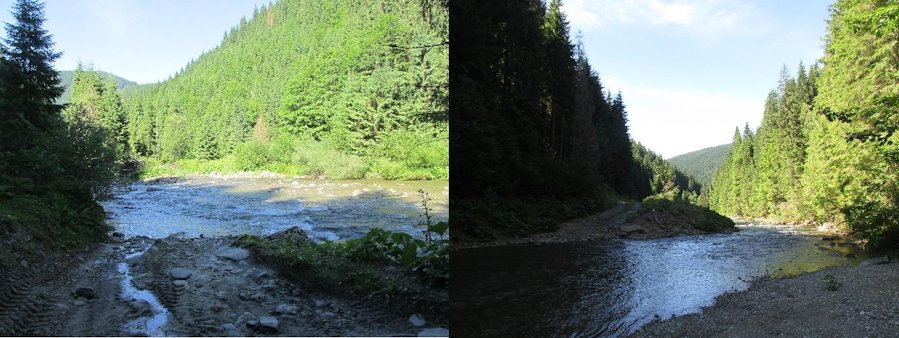
Fig. 2 The trailing road in the river Chornyi Cheremosh and its tributaries
According to the plan of sanitary and health measures in Verkhovyna forestry posted on the site of Ivano-Frankivsk Regional Hunting and Forestry Administration, for this year there are planned continuous sanitary logging in the 2nd and 3rd quarters and selective sanitary logging in the 2nd and 9th quarter of Burkut Forestry (Fig. 3). Spruce trees aged 91 to 141 years are to be cut. Given the fact that, according to the foresters, there is no road there , it is obvious that the development of these areas is currently impossible because it will lead to violations of the regime of the hydrological reserve “Chornyi Cheremosh with the protective coastal strip.” The question arises – why does Verkhovyna forestry plan forest cutting in the area where it cannot be performed according to the current legislation?
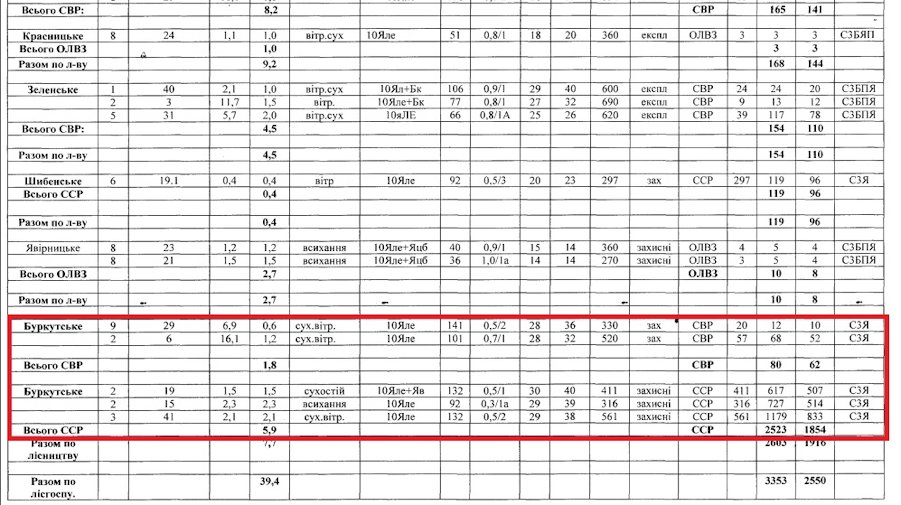
Fig. 3 The plan of sanitary and health measures in the state enterprise “ Verkhovyna forestry” for 2016.
It should be noted that Verhovinsky forestry is certified according to FSC forest management standards issued by SGS-Ukraine, as stated on its website.
http://verhlis.at.ua/index/lisova_sertifikacija/0-16
What immediately struck us on their web-site was indicated lack of rare species in the territory of Burkut and Chyvchyny and forestries, although during the certification process foresters were supposed to provide information on these species throughout the whole forestry. The reason for this is obviously the lack of road access to the forestries because of 2008 flood, which complicates any field studies. However, according to scientific data on this area, there are at least 10 species of plants included in the Red Book of Ukraine, in particular northern firmoss and stiff clubmoss, populations of which are few and rare. These relict species of moss are very vulnerable. The special regime of conservation of these species prohibits forest logging as the main cause of changes in the number of these plants.
Forest communities around the river Black Cheremosh and its tributaries have a thick layer of sphagnum, which is exceptional for the regulation of the hydrological regime of the forest. Blueberry-sphagnum communities develop only on permanently excessively wet soils. Acidophilic spruce forests (Picea abies) of the lower subalpine zone in the Carpathian Mountains belong to mountain pine forests of the temperate zone that are protected by EC Directive 92/43 EEC of 21 May 1992 “On the conservation of natural habitats and wild fauna and flora”.
Therefore, EPL has the reason to believe that the certification was carried out with violations. Moreover, the facts revealed by EPL directly indicate to a violation of the standard certification «SGS QUALIFOR FOREST MANAGEMENT STANDARD FOR UKRAINE».
EPL has prepared an appeal to the State Environmental Inspectorate in Ivano-Frankivsk region demanding to hold another inspection of forest management in the territory of Chyvchyny and Burkut Forestries of the state enterprise “Verhova forestry” covering this and previous years involving EPL experts. In our opinion, there is quite sufficient evidence to prove the fact of wood transportation through the river-bed of the Chornyi Cheremosh and punish those who are guilty. EPL also addressed SGS company demanding to revoke the FSC certificate from the state enterprise “Verkhovyna forestry.”
For further information please contact:
Petro Testov, EPL environmental scientist
email: office@epl.org.ua, petro.testov@gmail.com
tel .: (032) 255 76 82
Kateryna Norenko, EPL environmental scientist
email: office@epl.org.ua, kateryna.norenko@gmail.com
tel .: (032) 255 76 82
The project isimplemented at financial support of International Renaissance Foundation.
International Renaissance Foundation is one of the biggest charitable foundations in Ukraine founded by the investor and philanthropist George Soros. The International Renaissance Foundation’s mission is to foster an open, participatory, pluralist society based on democratic values in Ukraine.
International charitable organization “Environment-People-Law” is a human right organization that since 1994 has been protecting environmental rights and other adjacent rights and performing a wide spectrum of activities in the field of environmental protection.

